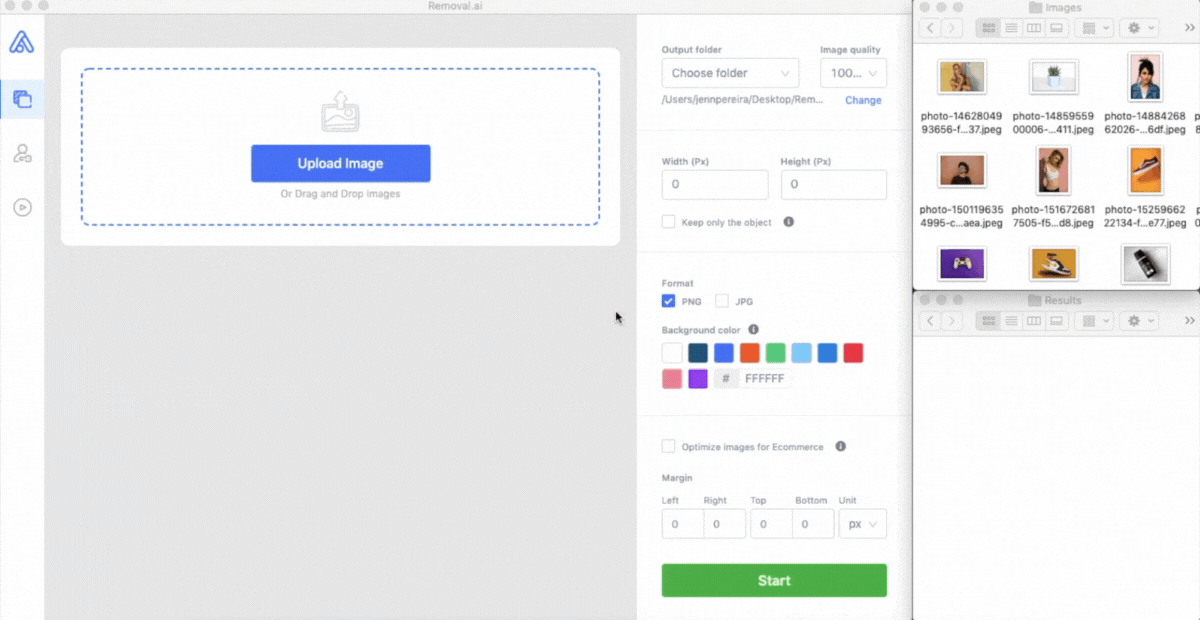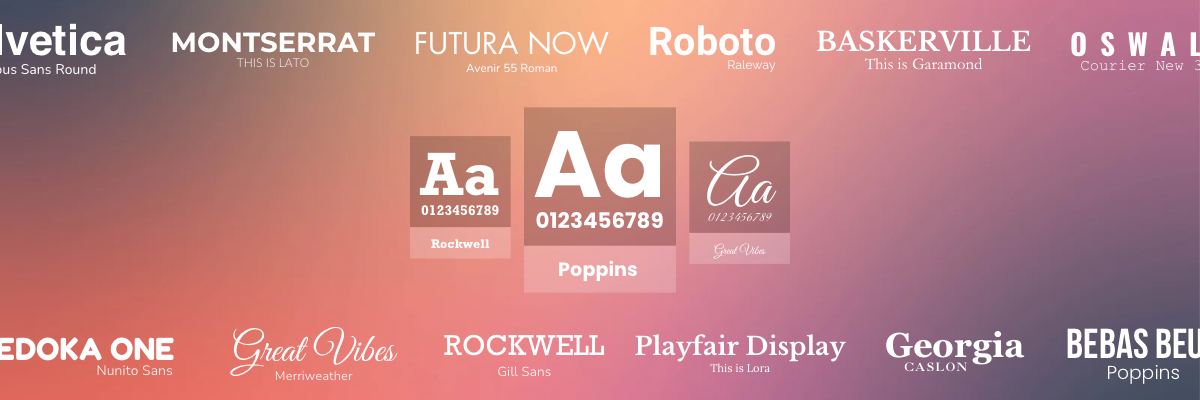
AI in Digital Marketing: Exploring the Future with Computer Vision
Since their inception, AI and Machine Learning have greatly created an impact in our daily lives and have improved the way we do things.
While AI technology intends to mimic the capabilities of the human brain, Machine Learning would help it learn even further by identifying patterns to perform its tasks better. Although still far from perfection, AI will eventually be available to assist people in various areas as it already does in digital marketing.
The idea of Artificial Intelligence being only about machines and robots is not entirely correct. Artificial Intelligence impacts different areas in society and various types of technology. In truth, AI is also dominating the internet by incorporating it in Web Development, Social Media, eCommerce, and of course Digital Marketing.
What is Computer Vision in AI?
Computer Vision(CV) is one of the branches of AI whose concept is to allow computers to ‘see’ then identify, distinguish, and interpret images.
The history of Computer Vision started in the 1950s when a digital image scanner was first invented and transformed images into grids of numbers. After that, more efforts have been made to improve and integrate it into other technology platforms.
Finally, in 2010, Google and Facebook integrated CV into their platforms to improve their services. ‘Goggles’ was released, an image recognition app based on pictures taken by mobile devices, and Facebook’s Facial Recognition was developed to help its users in tagging photos. This opened more ideas on how to integrate CV in various platforms to improve web user experience and help in Digital Marketing.
How Does Computer Vision Help in Digital Marketing?
1. Image Search and Content Discovery
When a site has hundreds and thousands of images, managing it manually will be very tedious and it will be very complex from the perspective of users. Tagging, of course, is one way to optimize image search and solve this problem. However, manual tagging can also be misleading and inconsistent especially if it’s encouraged by deceptive practices.
But with image search, image management and discovery have been made easy and one of the best social media platforms using it is Pinterest.
Pinterest Visual Search(Lens)
Pinterest has about 240 billion ideas curated by their Pinners and continues to increase every day. That is a very huge amount of data; and for its users to still continue to grow and commend it for its efficiency, it can only be possible because of their effective image management system largely contributed by their smart visual search.
With Pinterest Visual Search, users are capable of searching similar images with accuracy and ease. In their Engineering blog, they explain how their system is capable of identifying objects by computing a similarity score between their existing image pins, finding visually similar results in seconds, and giving suggestive search results.
Capabilities of Pinterest Visual Search
Pinterest identifies objects from image pins and helps you recognize the ones that are available for product search.

By clicking on a specific tag, Pinterest can suggest hundreds of similar products sold by different vendors.
Using image recognition software and tools is perfect for eCommerce websites that are selling hundreds to thousands of products.
2. Image Editing and Optimization
Images play a huge role in every business as they are used for various purposes. Visual content is attractive and thus many use images for their website banner designs, social media posts, and most especially, to represent eCommerce products.
However, it is not a hidden fact that images affect websites’ loading speed as well. And if you are especially running an eCommerce shop, you will eventually have a lot of product images to upload and this will take a toll on your website and user experience will suffer then eventually, your conversion rate.
Removing background from images solves this problem, and with the use of Artificial Intelligence, you won’t need to outsource editors to do the job. One of the tools that use Computer Vision AI is Removal.AI.
Background Removal AI
The main purpose of an online background remover software is to remove background from images and allow users to download it in optimized sizes as possible. Removal.AI uses Computer Vision to quickly and efficiently separate the foreground and background. This means that it is intelligently distinguishing one from the other. By adding additional functions, the program becomes able to remove the background from the main image or subject.


By developing such technologies that apply computer vision, it becomes easier not only for eCommerce business owners, but for everyone who owns a website, and even individuals to edit images and optimize them without the need to outsource editors to do the job.
3. Improve Customer Engagement
To try out different products virtually and not have to visit the actual store is the dream of every consumer.
Many eCommerce brands have embraced Artificial Intelligence to help consumers find, compare and test products online. And with the 2020 crisis, there will be more engagements on such tools and will definitely change customer behavior and purchase expectations.
Empowering your business with tools that encourage engagement, provide a new experience, and allows ease of transactions will definitely lead to great conversions. Such has happened when Sephora revolutionized beauty eCommerce by deploying their Virtual Artist AI.
Sephora’s Virtual Artist
Sephora’s Virtual Artist is a genius way to market products using Computer Vision. It introduces a new power to retailing and provides a new experience to online shopping.
Virtual Artist uses Artificial Intelligence and Machine Learning to recommend products to its users. It detects its users’ eyes, lips, cheeks and paints the products on your image so it looks like you are really trying them on.
With this technology, customers can try Sephora’s various products and simplify their online shopping purchase and experience. This technology is also said to have increased the sales of Sephora and repeat purchases.
Augmented reality in marketing promotes engagement and improves customer satisfaction at a drastic rate. It is efficient, encourages less work, and provides a whole, new experience to consumers.
4. Visual Listening
Social listening is an important factor in marketing that will help you discover the preferences of your potential clients in social media. If you can segment and use this information wisely, you can create better and bigger marketing strategies that will give you better sales and customer engagement.
Visual listening is also a type of social listening but is using computer vision to analyze visual mentions. Due to the increasing number of images being shared online especially on social media platforms, analyzing visual data and transforming it into valuable information will help you determine the feedback of your target customers on your brand better.
Through visual listening, you can also detect negative feedback on your brand and if your brand is used in profane/negative ways. Such is a very valuable factor that you need to maintain a clean brand image and influence.
The Future of Marketing through AI
We have been reaping the benefits of Artificial Intelligence for a long time but there is still much to discover about integrating it into various business models. Marketers must lead themselves to think and learn more about the evolving consumer behavior and how AI can help to cater to their needs.
Data is important more than ever as it will be used to improve and measure the success of their brand. Using Artificial Intelligence will help automate and gather information but it’s still up to the marketer to use that data effectively and apply creativity to their marketing campaign strategies.




